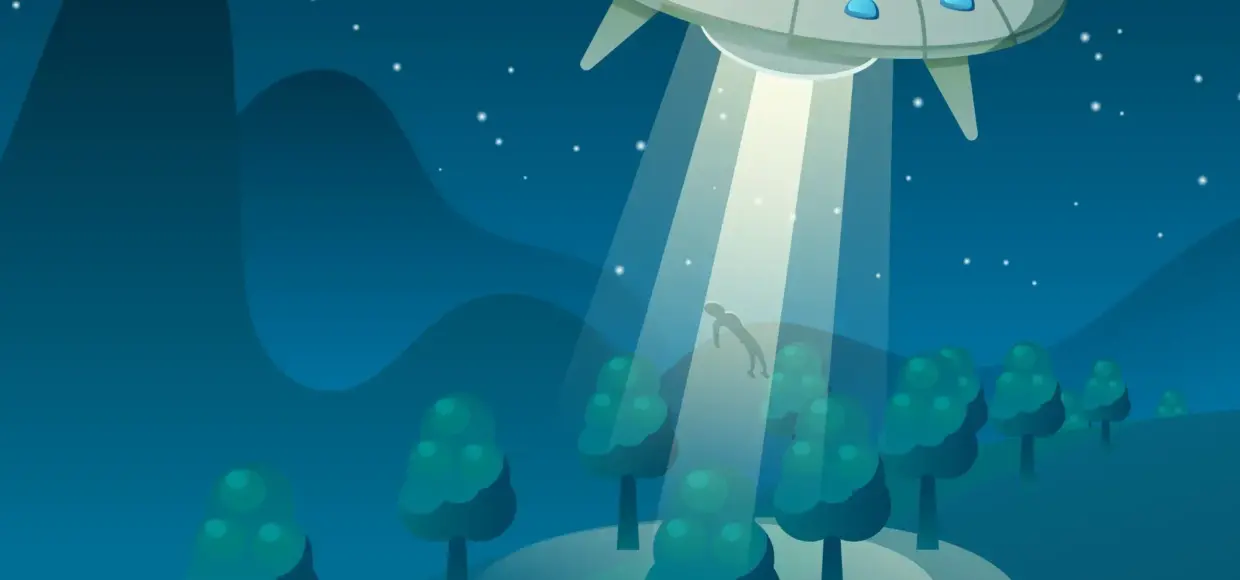The question of whether we are alone in the universe has captivated humanity for centuries. With the cosmos stretching infinitely beyond our comprehension, the possibility of extraterrestrial life continues to tantalize scientists, philosophers, and the general public. This blog delves deeper into the evidence and theories that suggest we might share the universe with other forms of life.

1. Documented UFO Encounters and Government Acknowledgments: The phenomenon of unidentified flying objects (UFOs) has been part of modern lore for decades, with many documented cases often accompanied by video and radar evidence. In a landmark move, the U.S. Department of Defense released several videos in 2020 captured by Navy pilots, showcasing high-speed aerial objects with no visible propulsion systems. These encounters, previously part of classified projects like the Advanced Aerospace Threat Identification Program, have fueled public and governmental interest in potential technologies beyond our current capabilities.

2. Scientific Pursuits through SETI and Radio Signal Analysis: The Search for Extraterrestrial Intelligence (SETI) Institute has been at the forefront of using radio telescopes to detect signals that could indicate intelligent life forms. Projects like the Allen Telescope Array scan the skies for non-random signals that could be emitted by advanced civilizations. Although a definitive extraterrestrial signal has yet to be uncovered, mysterious emissions like the “Wow! Signal” of 1977 persist as subjects of intrigue and speculation within the scientific community.
3. Astrobiology and the Search for Microbial Life: Beyond intelligent life, astrobiologists aim to find the simplest forms of life on other planets. Mars, with its past evidence of water, is a prime candidate, where missions like NASA’s Perseverance rover actively seek biosignatures in rock formations. Similarly, moons such as Europa and Enceladus are of interest due to their subterranean oceans, thought to potentially harbor life.
4. Exoplanets and the Probability of Habitable Worlds: The discovery of thousands of exoplanets has dramatically shifted our understanding of the universe. Many of these planets lie in their star’s habitable zone, where conditions may be right for life as we know it. The Kepler mission and subsequent observations have identified several such worlds, increasing the probability that some form of life exists elsewhere in the cosmos.
5. Historical and Archaeological Anecdotes Suggesting Early Encounters: Theories of ancient astronauts suggest that aliens might have visited Earth in antiquity, influencing or aiding early civilizations. Structures like the Egyptian Pyramids, Stonehenge, and the Nazca Lines often feature in these theories due to their precise astronomical alignments and construction techniques that seem advanced for their time.
6. Personal Testimonies and Close Encounters: Eyewitness accounts of alien sightings and abductions form a controversial yet persistent part of the alien existence narrative. These stories vary widely but often describe technologically advanced crafts and otherworldly beings. Skeptics argue these are psychological phenomena, while believers see them as evidence of contact.
In conclusion, while definitive proof of extraterrestrial life remains elusive, a combination of scientific inquiry, historical interpretation, and personal testimony provides a compelling case for the existence of aliens. As technology advances and our exploration of space deepens, the answers we seek might just be on the horizon. This topic not only challenges our understanding of life but also inspires us to look beyond our planetary boundaries to the broader universe.










